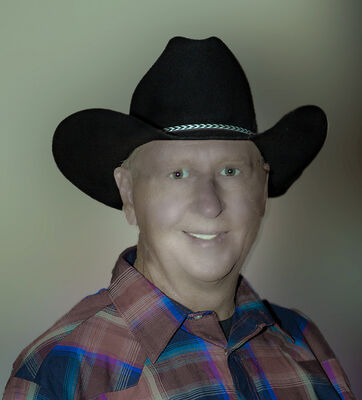Stacking Photography--part 2
Sep 2, 2021 09:39:00 #
And you appear to be among the elitestest.
--Bob
--Bob
User ID wrote:
Fear not. The Hawgland Fraternal Order of Dead Messengers is THE most highly respected elite club around here.
Sep 2, 2021 10:23:30 #
Ednsb
Loc: Santa Barbara
tgreenhaw wrote:
I think there is some confusion about semantics. S... (show quote)
As do I. The author of the video actually has a great video of using this method to get rid of people in a crowded cityscape.
Sep 2, 2021 11:36:50 #
ImageCreator wrote:
This is a following up to my Aug 31st post on the ... (show quote)
The procedure that you describe is used to reduce noise. I have used this procedure many times with great success.
Sep 2, 2021 12:15:47 #
rcarol wrote:
The procedure that you describe is used to reduce noise. I have used this procedure many times with great success.
What would be your process of using this method?
Sep 2, 2021 12:21:36 #
ImageCreator wrote:
What would be your process of using this method?
The process was already described by the poster. All I did was to identify that the process he was describing was a well known procedure used to reduce noise. Perhaps I didn't understand your question. If that's the case please clarify.
Sep 2, 2021 13:09:37 #
User ID wrote:
If you can’t slow your shutter below 1/100”, you c... (show quote)
I don't get it. Instead of the ND and 25 frames at 1/100, just just do 15 frames (or whatever) and no ND. Same result. Stacking is to add light, (or increase dof), ND allows a longer exposure, but if you are stacking 25 frames at a shorter exposure, i don't know what it gets you
Sep 2, 2021 13:35:47 #
Sep 2, 2021 13:39:15 #
rcarol wrote:
The procedure that you describe is used to reduce noise. I have used this procedure many times with great success.
Different procedure. He’s talking about using multiple exposures instead of an ND filter to smooth clouds and water.
Sep 2, 2021 13:40:31 #
rcarol wrote:
The process was already described by the poster. All I did was to identify that the process he was describing was a well known procedure used to reduce noise. Perhaps I didn't understand your question. If that's the case please clarify.
You identified a different procedure.
Sep 2, 2021 14:48:47 #
SuperflyTNT wrote:
Different procedure. He’s talking about using multiple exposures instead of an ND filter to smooth clouds and water.
The same procedure accomplishes both tasks.
Sep 2, 2021 14:55:41 #
ImageCreator wrote:
This is a following up to my Aug 31st post on the ... (show quote)
One problem with this sort of stacking for noise reduction, etc., in Photoshop at least is that if you stack ten 30 MB images you end up with a working file of 300 MB which your computer may not be able to handle. For noise stacking, I've found than three images works just as well as five or ten.
Sep 2, 2021 16:05:59 #
rcarol wrote:
The same procedure accomplishes both tasks.
Ok, maybe “procedure” was a poor choice of words since the actions you’re taking are pretty much the same. Doing it for noise reduction is usually because you’re shooting in low light and pushing the ISO, the idea being that with multiple identical exposures the noise will be different in all of them and by stacking you lose the noise. The OP was talking about using multiple exposures when you have too much light to get a long enough exposure to smooth out water and clouds, the idea being that with enough exposures the water and clouds will be different in each one and the cumulative effect will be like a long exposure.
Sep 2, 2021 16:07:33 #
jackm1943 wrote:
One problem with this sort of stacking for noise reduction, etc., in Photoshop at least is that if you stack ten 30 MB images you end up with a working file of 300 MB which your computer may not be able to handle. For noise stacking, I've found than three images works just as well as five or ten.
Anytime I do stacking I flatten the image before continuing processing. Although I do agree that for noise reduction you usually don’t need 10 images. For macro focus stacking or simulating long exposures it can be quite a few.
Sep 2, 2021 16:21:06 #
Sep 2, 2021 16:26:10 #
Joexx wrote:
I don't get it. Instead of the ND and 25 frames at 1/100, just just do 15 frames (or whatever) and no ND. Same result. Stacking is to add light, (or increase dof), ND allows a longer exposure, but if you are stacking 25 frames at a shorter exposure, i don't know what it gets you
A longer total exposure.
If you want to reply, then register here. Registration is free and your account is created instantly, so you can post right away.



